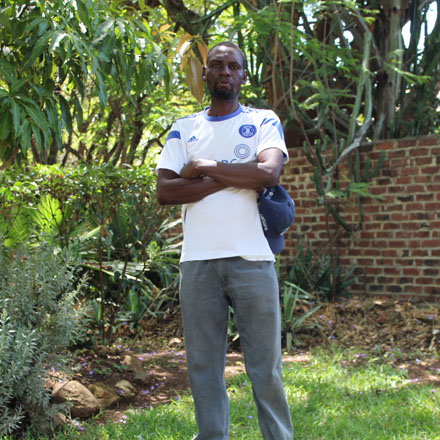Hundreds of thousands of people live in slums across Zimbabwe, which have been subject to wide-scale demolition and a lack of government recognition. In Dzivarasekwa Extension, in Harare, a project – run by Dialogue on Shelter for the Homeless in Zimbabwe Trust, Zimbabwe Homeless People’s Federation and the City of Harare – demonstrates how upgrading slums and incorporating them into town plans is a viable alternative to the state’s default demolition and resettlement policy.
This is the first-time city authorities have collaborated with slum communities in this way. It is a radical, new partnership approach which allows residents to be involved in every step of the upgrade process – ensuring improvements reflect their priorities – whilst also receiving training in a variety of roles, including construction.
Since work began in 2011, around 2,050 residents now have secure land tenure, 336 homes have been built and 1,344 people have been housed. Sanitation has been improved, solar-powered water and lighting systems installed, and roads tarred. The Dzivarasekwa project is a pilot initiative within the wider Harare Slum Upgrading Project (HSUP) and the model has been adopted in other settlements. These communities are now recognised as part of the city and included in its development agenda, helping low-income households secure their right to housing and access to basic services.



















